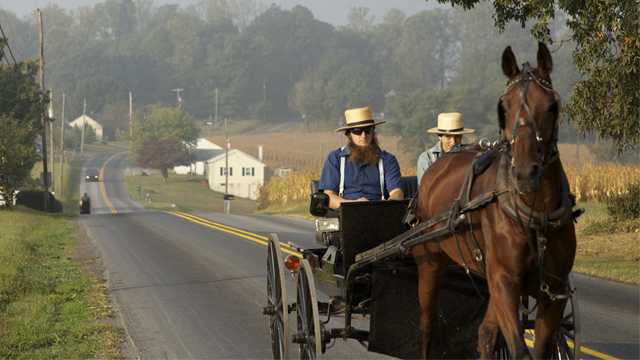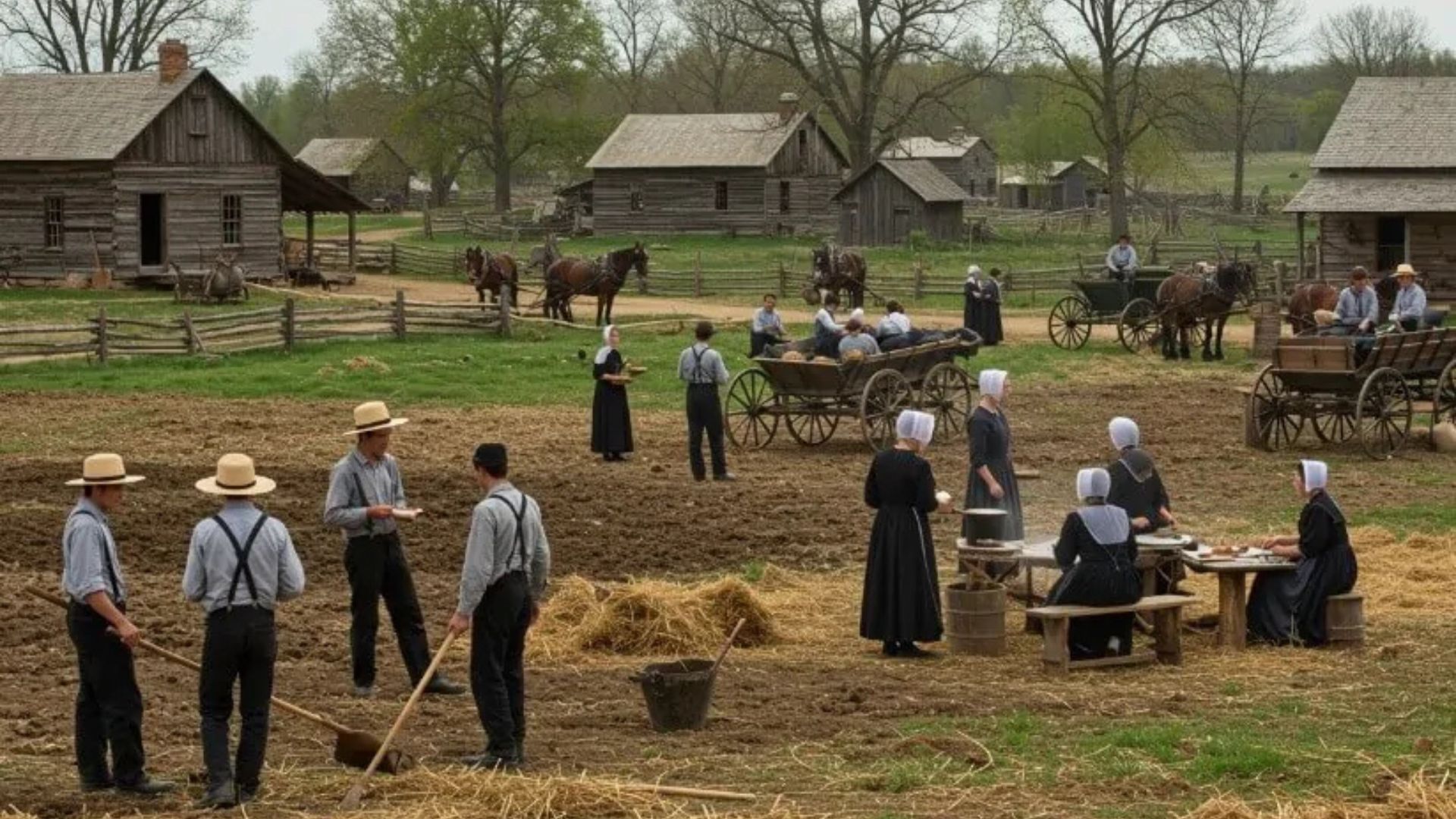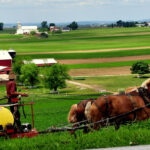Top Historical Events in Amish Life
The Amish are known for their simplicity, strong faith, and dedication to family and community. However, behind their peaceful way of life lies a remarkable history shaped by faith-based decisions and resilience. Understanding the top historical events in Amish life helps us appreciate how this community has preserved its beliefs for over three centuries.
The Anabaptist Movement – The Birth of Amish Faith
The roots of the Amish trace back to the Anabaptist movement of the early 1500s in Europe. This reform movement emphasized adult baptism, personal faith, and a separation from state-controlled churches.
Why It Matters
-
The Anabaptist belief in adult baptism became a defining principle of Amish faith.
-
Followers faced persecution, imprisonment, and execution for their beliefs.
-
Their courage and conviction laid the foundation for future Amish communities.
This movement set the spiritual groundwork for a people committed to living according to their conscience and religious conviction.
The Schism Led by Jakob Ammann (1693)
One of the top historical events in Amish life was the split between the Amish and Mennonites in 1693. The division was led by Jakob Ammann, who believed in stricter adherence to biblical teachings and shunning those who strayed from the faith.
Key Outcomes
-
The term “Amish” originated from Ammann’s followers.
-
It formalized their separation from the Mennonite church.
-
The practice of shunning became a central aspect of Amish discipline.
This schism created the foundation for the distinct Amish identity that continues today.
Migration to North America (1700s)
Seeking freedom from persecution and the opportunity to live peacefully, Amish families began migrating to North America in the early 1700s. Pennsylvania became their first major settlement.
Why Migration Was Crucial
-
Pennsylvania offered religious tolerance under William Penn’s leadership.
-
Fertile land allowed the Amish to live self-sufficiently and preserve their traditions.
-
Lancaster County became one of the first and most enduring Amish communities.
Migration was a turning point that ensured the Amish faith could survive and grow in a freer society.
The Rise of Distinct Communities (1800s)
As generations passed, the Amish expanded beyond Pennsylvania, settling in Ohio, Indiana, and Illinois. Each group developed slightly different customs and degrees of conservatism, resulting in several Amish affiliations.
Key Developments
-
The Old Order Amish emerged, focusing on traditional values and simplicity.
-
New settlements formed in Holmes County, Ohio, and Elkhart, Indiana.
-
Amish schools, farms, and church districts became central to daily life.
These developments show how the Amish maintained unity through faith while allowing diversity in practice.

The School Controversy and Supreme Court Ruling (1972)
One of the most defining historical events in Amish life in modern times was the 1972 U.S. Supreme Court case Wisconsin v. Yoder. The court ruled that Amish children could end their formal education after the eighth grade.
Why It’s Significant
-
It affirmed the Amish right to educate their children according to their faith.
-
The decision protected their religious freedom under the First Amendment.
-
It became a landmark case in balancing religious liberty and state laws.
This ruling was a major victory for the Amish and remains one of the most important legal milestones in their history.
Modern Adaptations and Growth (1900s–Present)
Despite avoiding modern technology, Amish communities have grown steadily across North America. They now number over 350,000 members in more than 30 U.S. states and parts of Canada.
Ongoing Historical Influence
-
Some groups cautiously adopt limited technology, like solar panels and telephones for business use.
-
Amish craftsmanship and farming have become symbols of sustainability.
-
Their population continues to double approximately every 20 years due to large families and strong community bonds.
The ability to adapt while preserving faith shows how the Amish balance change with tradition.
Conclusion
The top historical events in Amish life—from their Anabaptist beginnings and the Jakob Ammann schism to migration, community growth, and modern adaptation—reveal a people shaped by faith, endurance, and unity. Each event contributed to a resilient culture that values simplicity, devotion, and family. By understanding these milestones, we gain insight into how the Amish have remained true to their beliefs through centuries of change and challenge.



